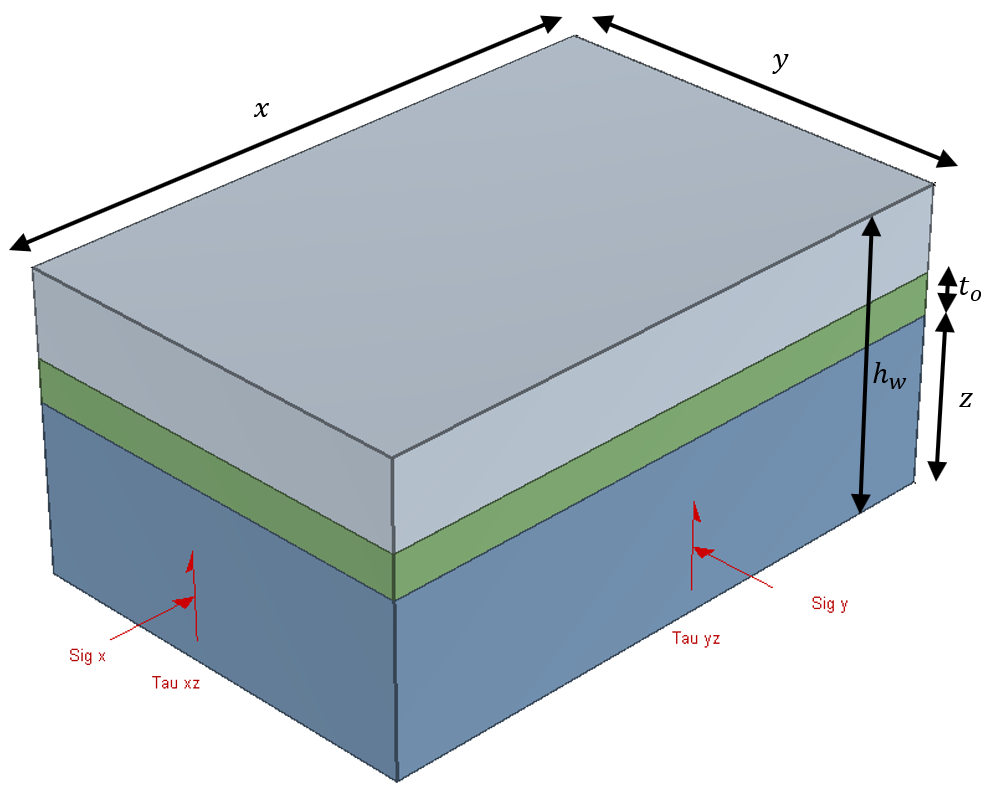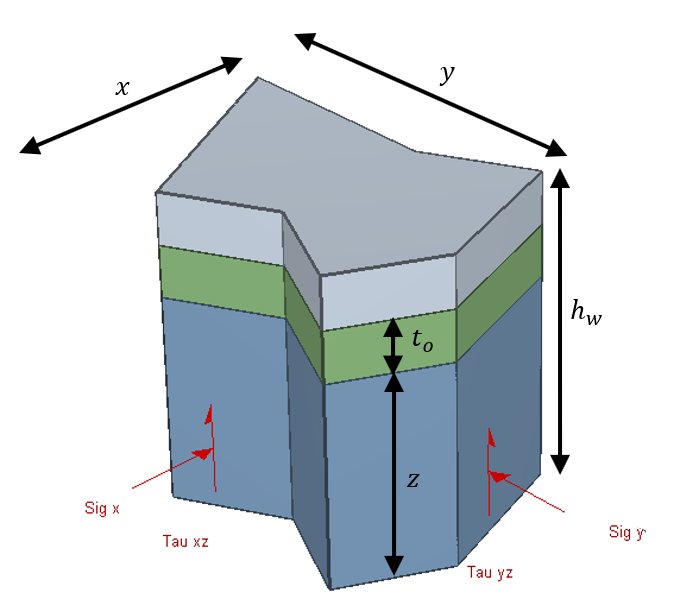CPillar Overview
CPillar is a simple to use, interactive software tool for assessing the stability of surface or underground crown pillars as well as laminated roof beds. It offers three different limit equilibrium analysis methods:
- Rigid Plate analysis
- Elastic Plate analysis; and
- Voussoir (no tension) Plate analysis.
CPillar stability can be assessed using:
- Deterministic Analysis (Factor of Safety), or
- Probabilistic Analysis (Probability of Failure).
In a Deterministic analysis, CPillar calculates the Factor of Safety for a pillar of known dimensions and other input parameters. In a Probabilistic analysis the program allows users to specify statistical distributions for various input parameters, and the number of simulations required. CPillar then computes the Probability of Failure of the pillar by running the analysis the specified number of times, each time generating different values for the stochastic input parameters.
Other important modelling features in CPillar analysis include:
- Water within or above the pillar, for modelling effects of pore water and free water
- Overburden above the pillar
- Lateral Stress states
- Empirical Scaled Span Design Method option
The assumed failure mode(s) considered are dependent upon the Analysis Method chosen.
Typical problem geometries are illustrated below.


For a detailed description of the methods and equations used in CPillar to calculate the planar rock slope stability, see CPillar Theory Manual.